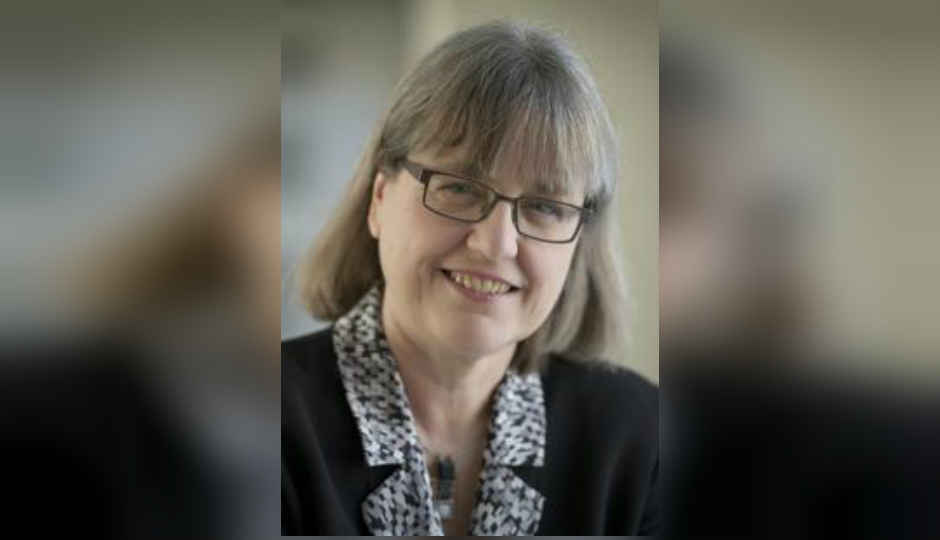Canadian Prof Donna Strickland becomes third woman in the world to win Nobel Prize in Physics

The last Nobel Prize in Physics awarded to a woman was over half a century ago. Strickland is the only 'living' female recipient to hold the high honour till date. She shares her Nobel laurels with Gérard Mourou of École Polytechnique and Physicist Arthur Ashkin.
The 2018 Nobel Prize in Physics recognises two very notable pieces of work in the field of lasers. This year, the highest honor has been awarded to Arthur Ashkin, a 96-year old former employee of Bell Labs in the US and now the oldest Nobel laureate in the world. Ashkin was awarded the Nobel Prize in Physics for creating optical tweezers which can hold particles, atoms, viruses and other living cells with laser beam fingers.
But Ashkin, with his age, was not the only record breaker in the history of the Nobel awards. The second half of the Nobel Prize in Physics for 2018 was awarded to Physicist Donna Strickland, an associate professor at the University of Waterloo. Strickland shares her Nobel Prize with Gérard Mourou of École Polytechnique in France for their method of generating high-intensity, ultra-short optical pulses.
Strickland’s win is a significant milestone because she is the first and only living female recipient of the Nobel Prize in Physics. She is also the third woman in the world to be awarded a Nobel Prize in this field and the first woman in more than half a century (55 years) to be given the highest academic honor for Physics, which till date has had 209 recipients. Previously, Marie Curie and Maria Goeppert-Mayer won the prestigious award.
While Ashkin started working with lasers in the 1960s and has had multiple scientists build on his research, including Nobel Laureate Steven Chu, Strickland and Mourou paired up in the 1980s for their work on the compression of amplified chirped optical pulses. Together, Strickland and Mourou succeeded in creating the shortest, most intense laser beams which can be used to make very precise cuts. The technique invented by the two scientists paved the way for laser machines used in millions of corrective eye surgeries around the world.
Since Strickland's win, multiple reports have suggested how the Physicist did not even have a Wikipedia page before the prize was announced on October 2, even though her male counterpart Mourou had one. Both scientistist have helped further the development of lasers and were co-authors of the paper that finally led to the discovery of ultra-short optical pulses. While Mourou has had Wikipedia's stamp of approval since 1985, Strickland's page only came up early Tuesday morning. In fact, Strickland's Wikipedia entry was reportedly rejected by a moderator back in 2018 citing that the "subject" did not qualify to have a Wikipedia entry.
It is extremely important to note the equal, if not bigger achievements of women in the field of technology and science. It is crucial that due recognition is given to the meritorious scientific work of women so as to increase our participation in the industry and give young girls goals to look forward to. It is saddening to see that even in this day and age, this is a concept that need frequent reinforcement. However, we do hope that just like Professor Strickland, more and more women are recognised for their immense contribution to scientific study in the future.





